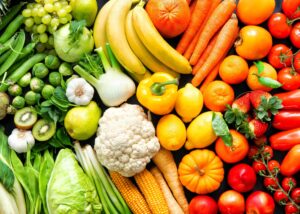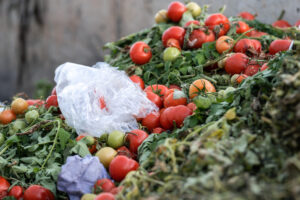November 28, 2022
Originally published in Forbes, Nov. 28, 2022
The U.S. is in a hunger crisis. In 2021, an estimated 13.5 million U.S. households were food-insecure—approximately 10.2% of the total population. In the wake of the Covid-19 pandemic and the increasing cost of food following record-breaking inflation, food insecurity is only expected to increase, challenging policymakers to rethink the U.S. food system.
At the recent White House Conference on Hunger, Nutrition and Health, the Biden-Harris administration announced its plans to address food insecurity, ultimately forming a plan to end hunger by 2030. While a number of solutions were discussed, the conversation around wasted food (and the role that technology plays in addressing it) was small. In truth, the wasted food crisis and food insecurity are inherently linked.
The world has enough calories to feed the entire population. Yet the National Resources Defense Council (NRDC) notes that on the journey between farm to fridge, 30% to 40% of food in the U.S. is lost. With this, there is a significant opportunity for us to come together to take steps to reduce wasted food and have a real impact on eliminating the food insecurity crisis.
Understanding The Link Between Wasted Food And Food Insecurity
At home, individuals have the ability to adjust their food usage to reduce the amount of waste—from turning a bruised tomato into a tomato sauce, buying less food the week before leaving on a vacation or even eating food past the best-by date on its label. By keeping track of one’s own habits, they are more empowered to take steps toward reducing wasted food. On a larger scale, it isn’t so simple.
The food supply chain—with millions of pounds of food, each with dozens of touchpoints and thousands of employees—lacks the infrastructure and technology to gather immediate insights. This makes it incredibly difficult to pinpoint where and why food is being lost or how to capture it before it becomes inedible. As a result, only 10% of edible wasted food is recovered in the U.S.
Historically, wide-scale donation efforts have been (and continue to be) a critical component in addressing food insecurity and mitigating waste. In 2021, Feeding America, the largest food rescue organization in the country, rescued 4.7 billion pounds of groceries, directing edible food to people facing hunger rather than ending up in landfills. However, donation efforts like this only capture a portion of the wasted food problem. The NRDC estimates that 20% of fruit and vegetables are lost during production, 12% are lost at distribution and retail, and 28% are lost at the consumer level. In order to tackle the full 30% to 40% of food lost, we must understand not only where but why it is being lost across the entire supply chain.



